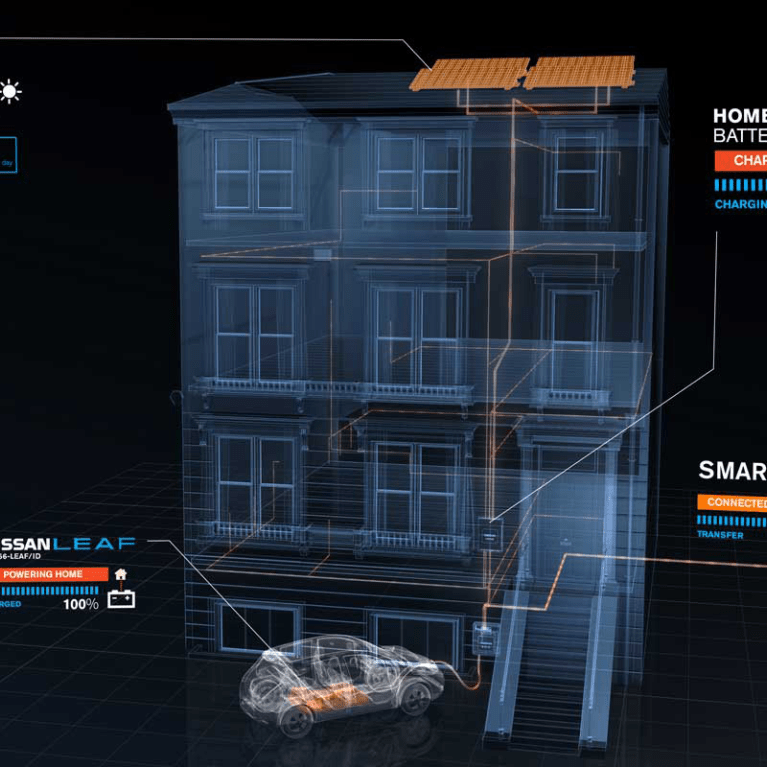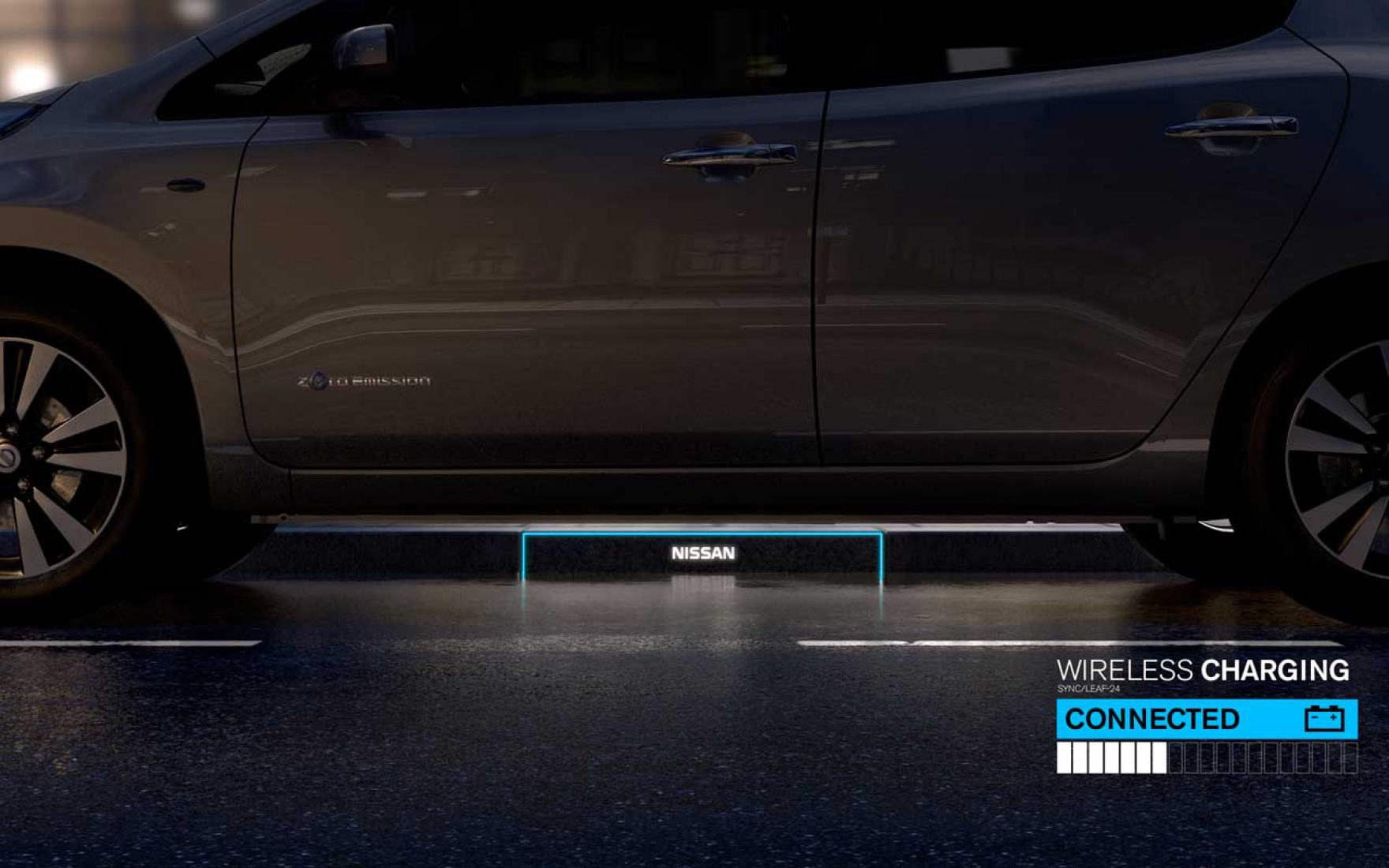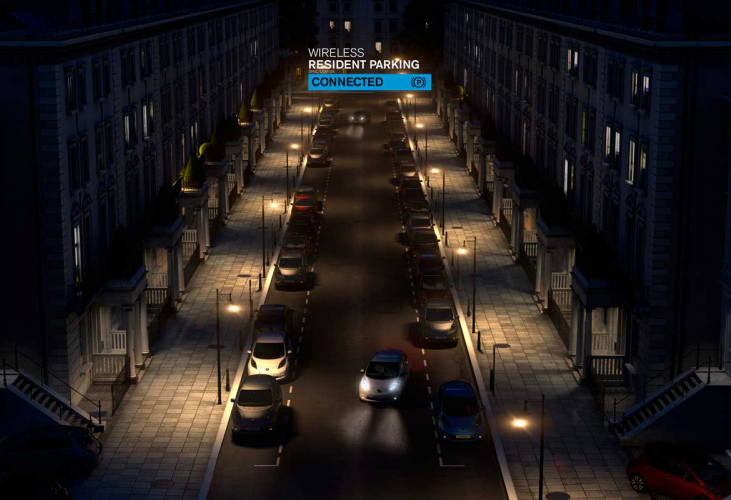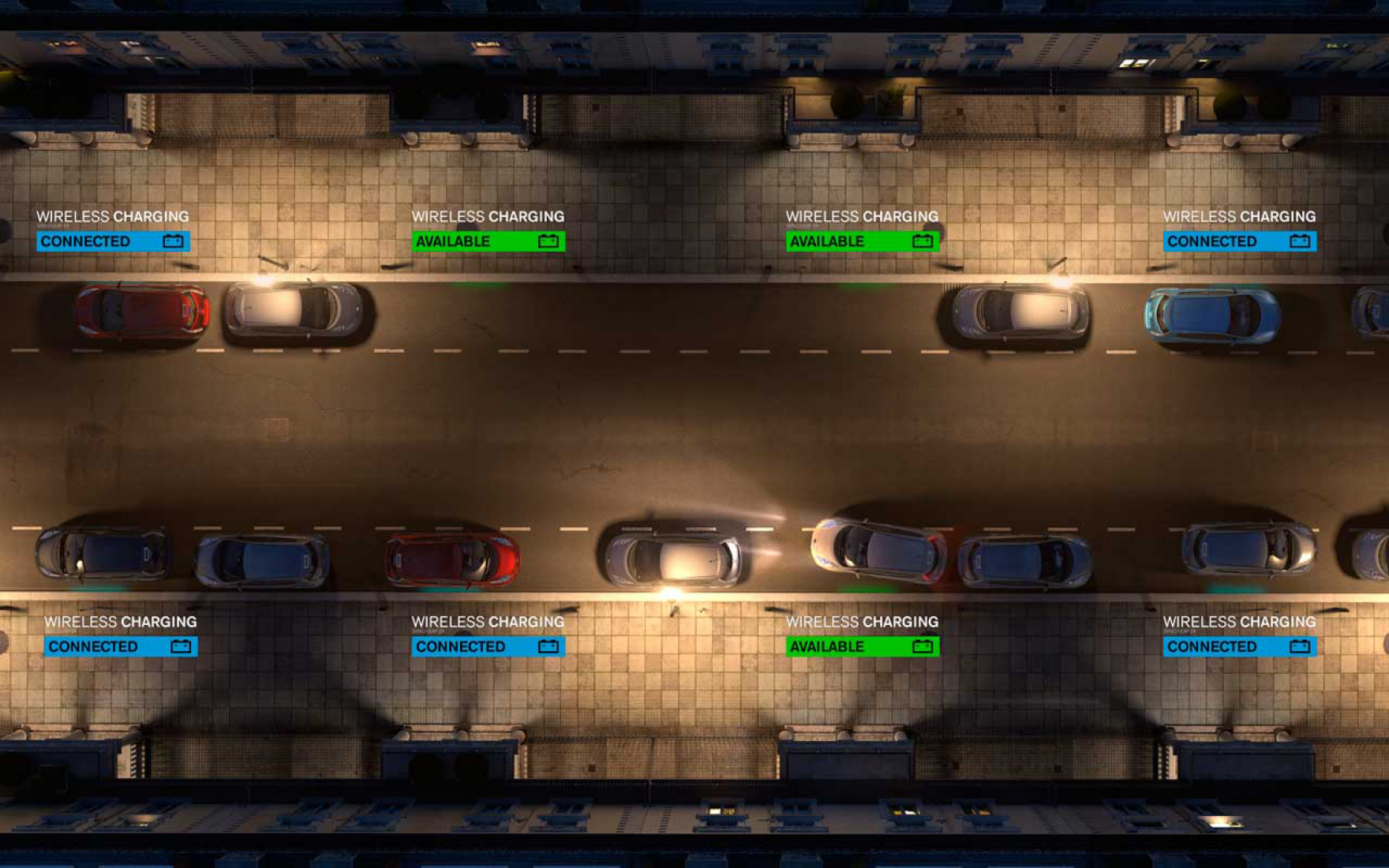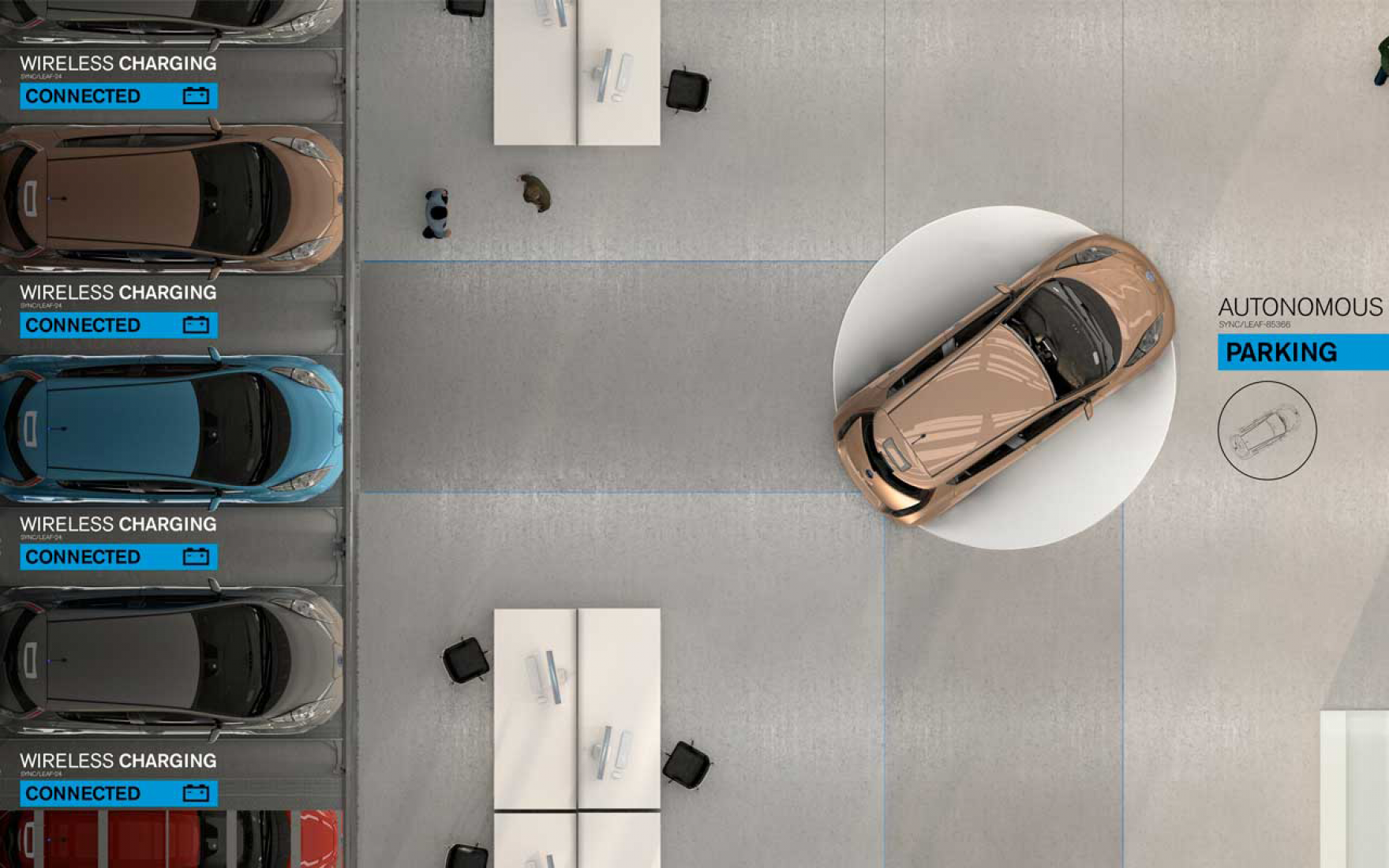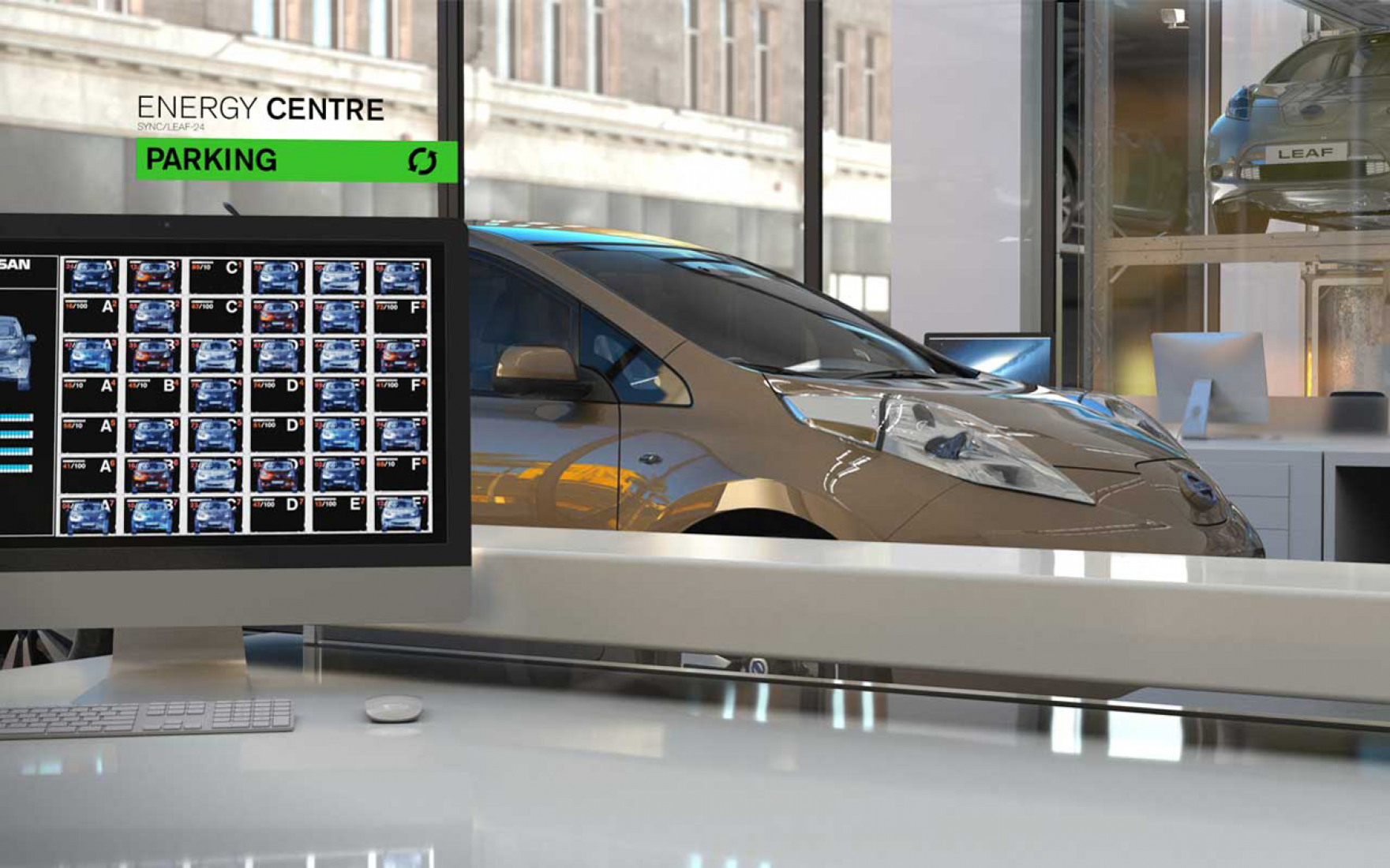Under the International Motor Show Geneva the union between electric car manufacturer Nissan and the architectural firm Foster and Partners proposed a way to refuel our vehicles. The city itself will consist of hundreds of wireless charging points that will serve our cars and these in turn to the rest of the city.
Nissan and Foster + Partners today revealed a fully connected vision of the future of mobility at the 86th International Motor Show in Geneva. The landmark partnership, between the manufacturers of the world’s bestselling 100 percent electric vehicle and the leading international architecture, engineering and design studio, concluded that the Fuel Station of the Future could actually be the car itself.
The need for a sustainable and innovative refuelling network is becoming vital as the market shifts toward alternative sources like electric power. According to the latest World Bank data, today, more than half (54%) of the world’s population lives in cities and by 2050, seven out of every 10 people will live in urban areas, so it is imperative that the infrastructure exists to support this growth.
The collaboration, carried out over of a 12-month period, offers a snapshot of what’s to come from Nissan’s vision for Intelligent Mobility; a world in which cars interact with their environment as populations adopt zero emission, Piloted Drive technologies. Illustrated in a two minute video, featuring the best-selling Nissan LEAF and futuristic IDS Concept, the visionary concept explores how our urban environments and ways of living might change as technology develops.
David Nelson, Co-Head of Design, Foster + Partners: “Integrating zero emission technologies into the built environment is vital in creating smarter, more sustainable cities. That commitment must extend far beyond the car – it must sit at the heart of everything we do.”
Paul Willcox, Chairman, Nissan Europe: “Technology holds many of the answers for the challenges we face in our cities today. However, the true power comes when those technologies are integrated with each other and the world around us. We’ve been at the forefront of zero emission technology since 2010, but our vision does not stop there – we believe that the future of transportation is reliant on both infrastructure and the environment. We’re looking for real, workable solutions that go beyond the product.”
